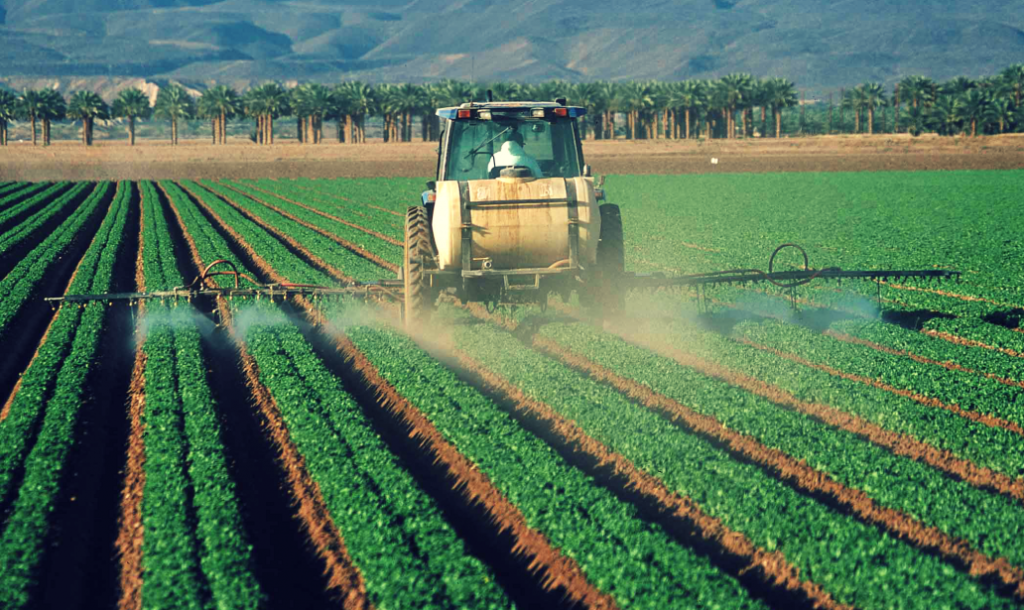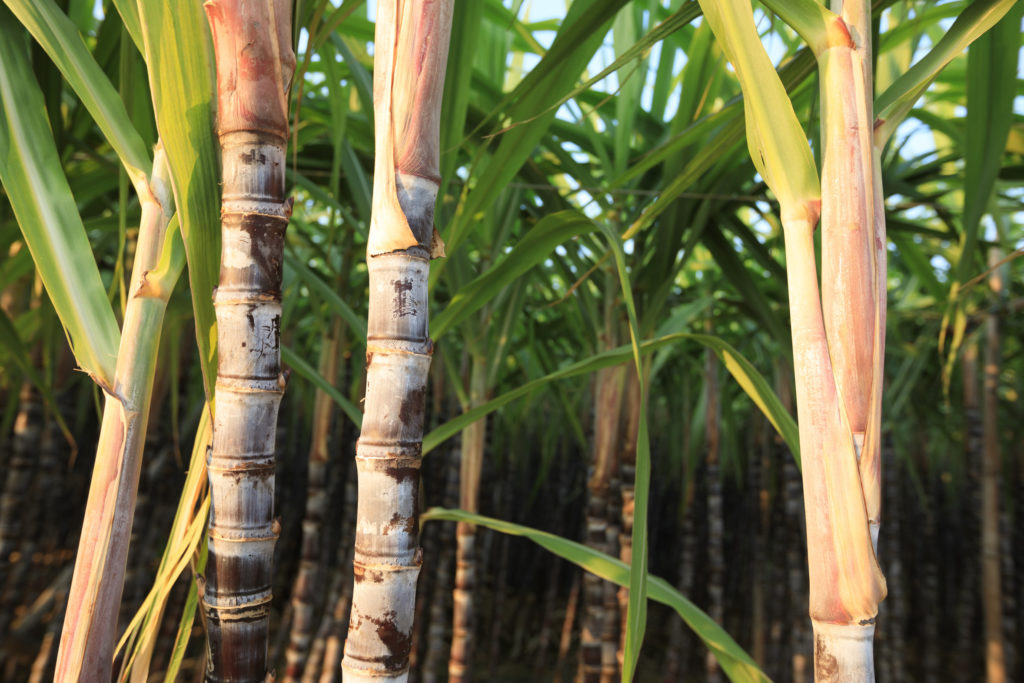Back to: AGRICULTURAL SCIENCE JSS 1
Welcome to class!
In today’s class, we will be talking about crops plant form. Enjoy the class!
Classification of crop based on uses

Crops can be classified based on their economic products or uses. In this classification, a crop may belong to more than one group and they are listed below;
- Food and Feed Crops
- Fibre Crops
- Oil Crops
- Latex Crops
- Beverage Crops
- Spice Crops
- Forage Crops
- Sugar Crops
- Drug Crops
- Stimulant Crops
- Ornamental Crops
Food and feed crop:
These crops are produced mainly for consumption by man or livestock. Their various parts are eaten raw, cooked or processed. Food crops can be grouped into the following classes;
(i) Cereal crops (ii) Legumes (iii) Vegetable crops (iv) Root and tuber crops (v) Fruit crops
- Cereal crop: These crops belong to the grass family called Gramineae. They are grown for their seeds or grains and are rich in carbohydrates (starch). Some grains are ground into powder. Bread is made from wheat and rye flour. Breakfast food, cakes and pastries and livestock feeds are made from cereals. Examples are rice, millet, rye, maize, sorghum (guinea corn), wheat, barley, oats, etc. The most important cereal crops are rice, wheat and corn.
- Legumes: A legume is a plant in the family Fabaceae or the fruit or seed of such a plant. Legumes are grown agriculturally, primarily for human consumption, for livestock forage and silage, and as soil-enhancing green manure.
- Vegetable crops: The root vegetables include beets, carrots, radishes, sweet potatoes, and turnips. Stem vegetables include asparagus and kohlrabi. Among the edible tubers, or underground stems, are potatoes. The leaf and leafstalk vegetables include brussels sprouts, cabbage, celery, lettuce, rhubarb, and spinach.
- Root and tubers: ROOTS AND TUBERSare plants yielding starchy roots, tubers, rhizomes, corms and stems. They are used mainly for human food (as such or in the processed form), for animal feed and manufacturing starch, alcohol and fermented beverages including beer.
- Fruits crops: The botanical definition of a fruit is a seed-bearing part of a flowering plant or tree that can be eaten as food. By those standards, foods such as avocados, cucumbers, squash, and yes, even tomatoes are all fruits. From a culinary viewpoint, a fruit is usually thought of as any sweet-tasting plant product with seeds, whereas a vegetable is any savoury or less sweet-tasting plant.
Fibre crops:
Fibre crops are field crops grown for their fibres, which are traditionally used to make paper, cloth, or rope. Fibre crops are characterized by having a large concentration of cellulose, which is what gives them their strength. The fibres may be chemically modified, like in viscose.
Oil crops:
Oil crops include both annual (usually called oilseeds) and perennial plants whose seeds, fruits or mesocarp and nuts are valued mainly for the edible or industrial oils that are extracted from them.

Latex crops:
latex is a substance obtained from some kind of trees, which is used to make products like rubber and glue.
Beverage Crops:
A beverage crop is the one that produces a portable beverage other than water it can also include crops that produce starch all serials or sugar ( sugar cane, sugar beet )which can be used for making a drink or a different common non-alcoholic beverage include coffee tea Milk products.
Spice Crops:
A spice is a seed, fruit, root, bark, or other plant substance primarily used for flavouring, colouring or preserving food. Spices are distinguished from herbs, which are the leaves, flowers, or stems of plants used for flavouring or as a garnish.

Forage Crops:
Forage crops are crops grown specifically to be grazed by livestock or conserved as hay or silage. Forage crops assist in achieving production targets for attributes such as growth or weight gain and to make up seasonal shortfalls between feed demand and supply.
Sugar Crops:
Sugarcane, or sugar cane, or simply cane, are several species of tall perennial true grasses of the genus Saccharum, tribe Andropogoneae, used for sugar production. The plant is two to six meters tall. It has stout, jointed, fibrous stalks that are rich in sucrose, which accumulates in the stalk internodes.

In our next class, we will be talking more about Crop Plant Form. We hope you enjoyed the class.
Should you have any further question, feel free to ask in the comment section below and trust us to respond as soon as possible.

I need question in dis topic